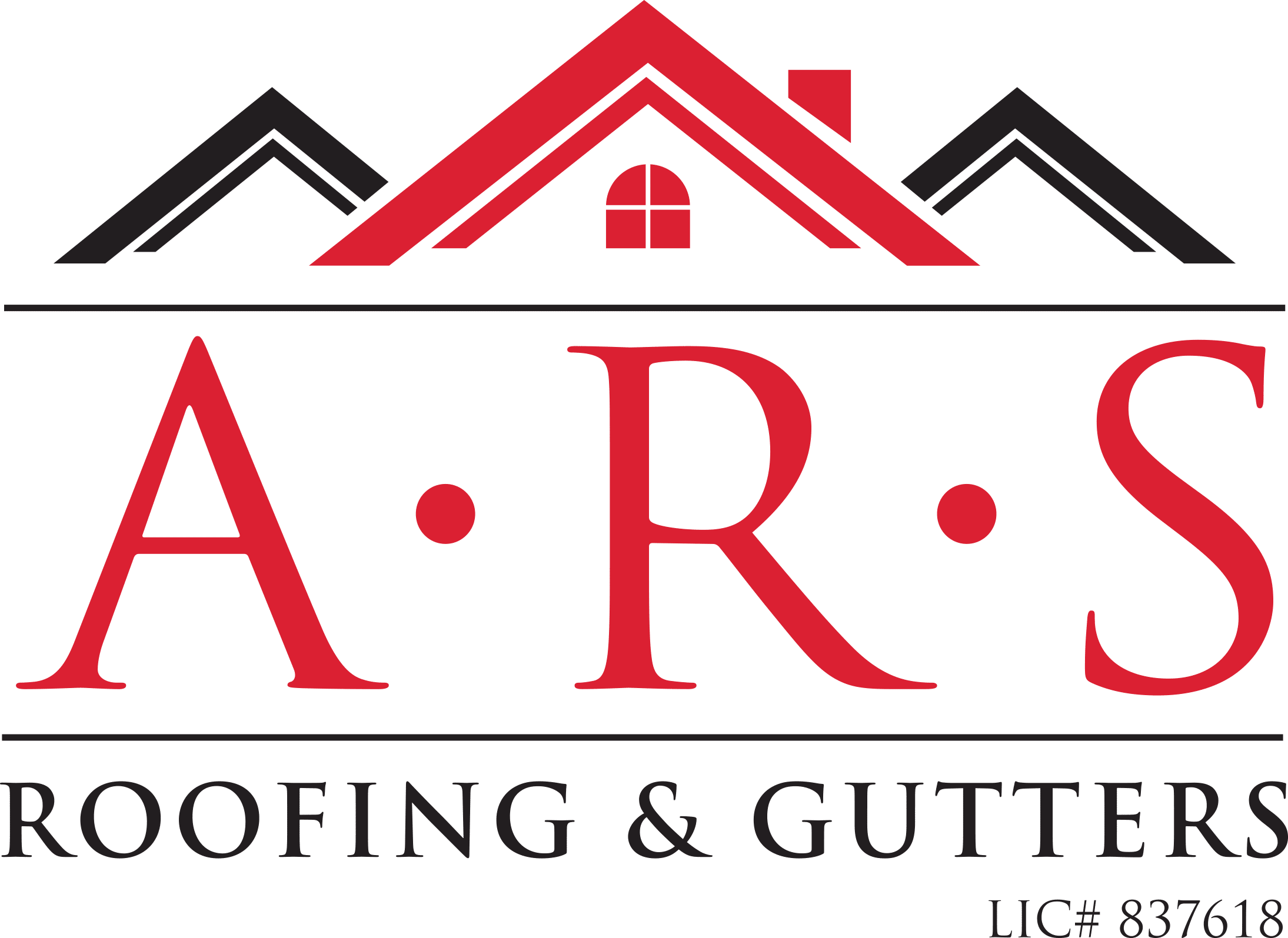Repairing or replacing your roof can be expensive. Spending a few minutes every six months looking closely at your roof can help you identify roof maintenance opportunities that will help prevent costly repairs later. It’s also important to periodically check your homeowners insurance to make sure that serious roof damage is covered by your policy.
Roof maintenance: What to look for
It’s critical that you inspect your roof every spring and fall. A good time to do this is when you’re cleaning your gutters.
- Look for missing, damaged or curling shingles and any other signs of wear and tear. It’s easy and inexpensive to replace one or two shingles, or to hire someone to do it for you.
- Check for signs of fungus or algae. If your roof is starting to collect moss or algae, install zinc or lead control strips.
- Inspect metal areas for rust. If it’s present, wire brush the rust, then prime and paint the metal.
- Examine the flashing to make sure it’s solid. If not, remove all of the old caulk and scrub the area clean before resealing.
- Seal any cracked mortar or caulking around joints and chimneys, if it appears to be deteriorating.
If you see any signs of leaking, like dark spots on the ceiling, or mold or dampness in your attic, take action immediately. Roof leaks get worse, not better, and it’s better to spend a few dollars on roof maintenance rather than a lot on a big repair.
Other roof maintenance issues
- Sweep or blow off excess debris on the roof. Sticks, leaves and other debris can damage shingles, cause algae to grow and eventually clog the gutters.
- Trim any branches that are hanging over the roof to prevent damage and keep squirrels and raccoons away.
- A thick layer of snow accumulation could lead to roof collapse. If this happens, carefully pull the snow off the roof using a snow rake available at most home improvement stores.
Roof maintenance is often ignored, but small problems with a roof can lead to some of the most costly home repairs around.
